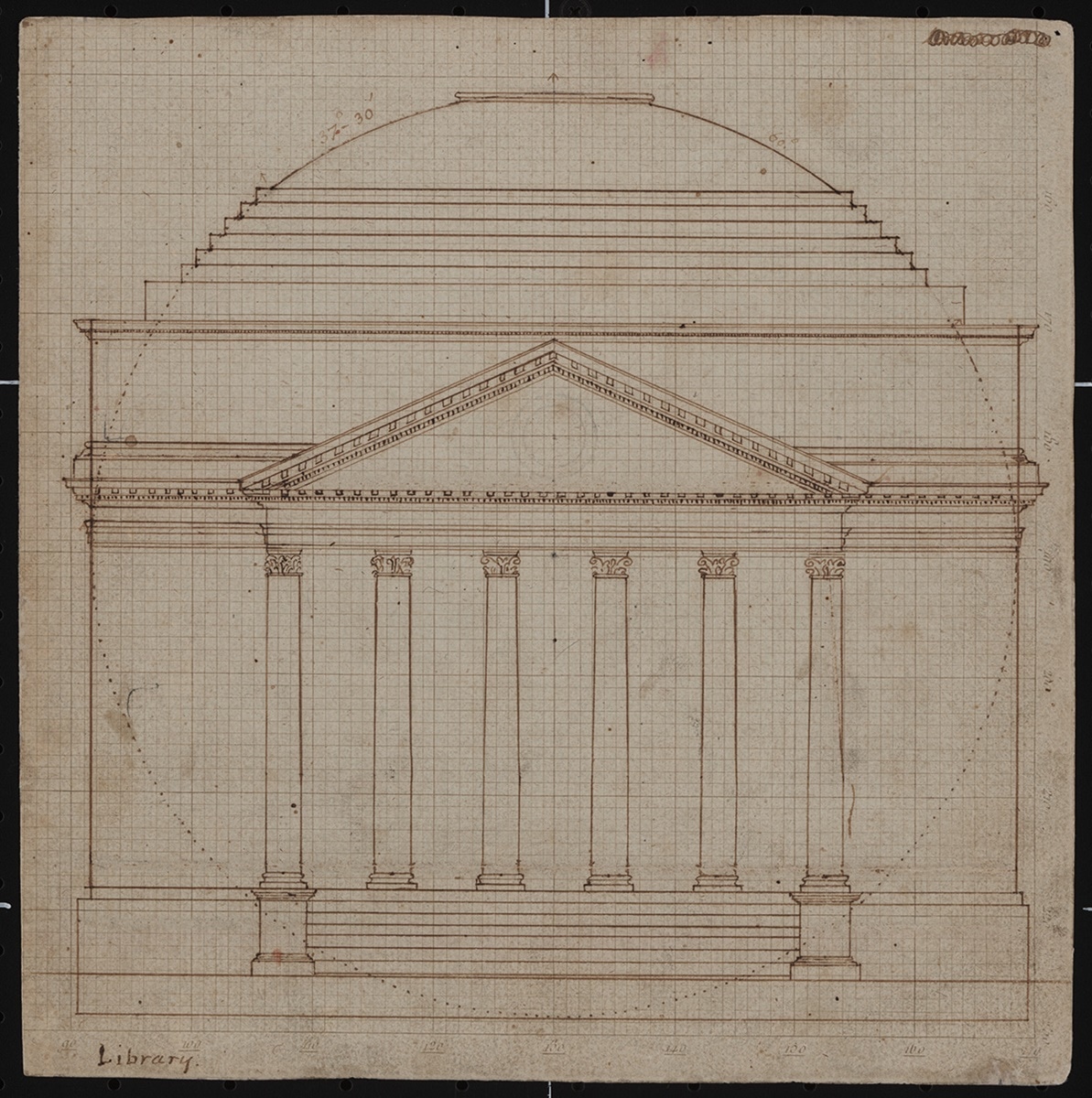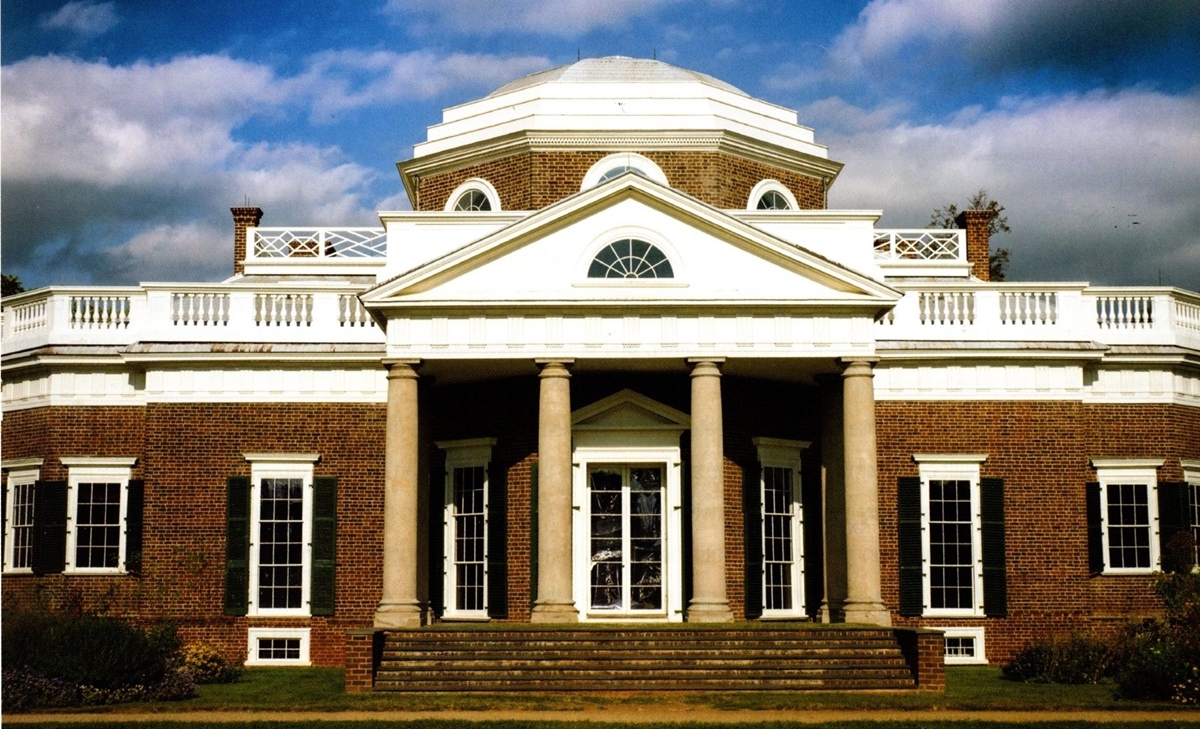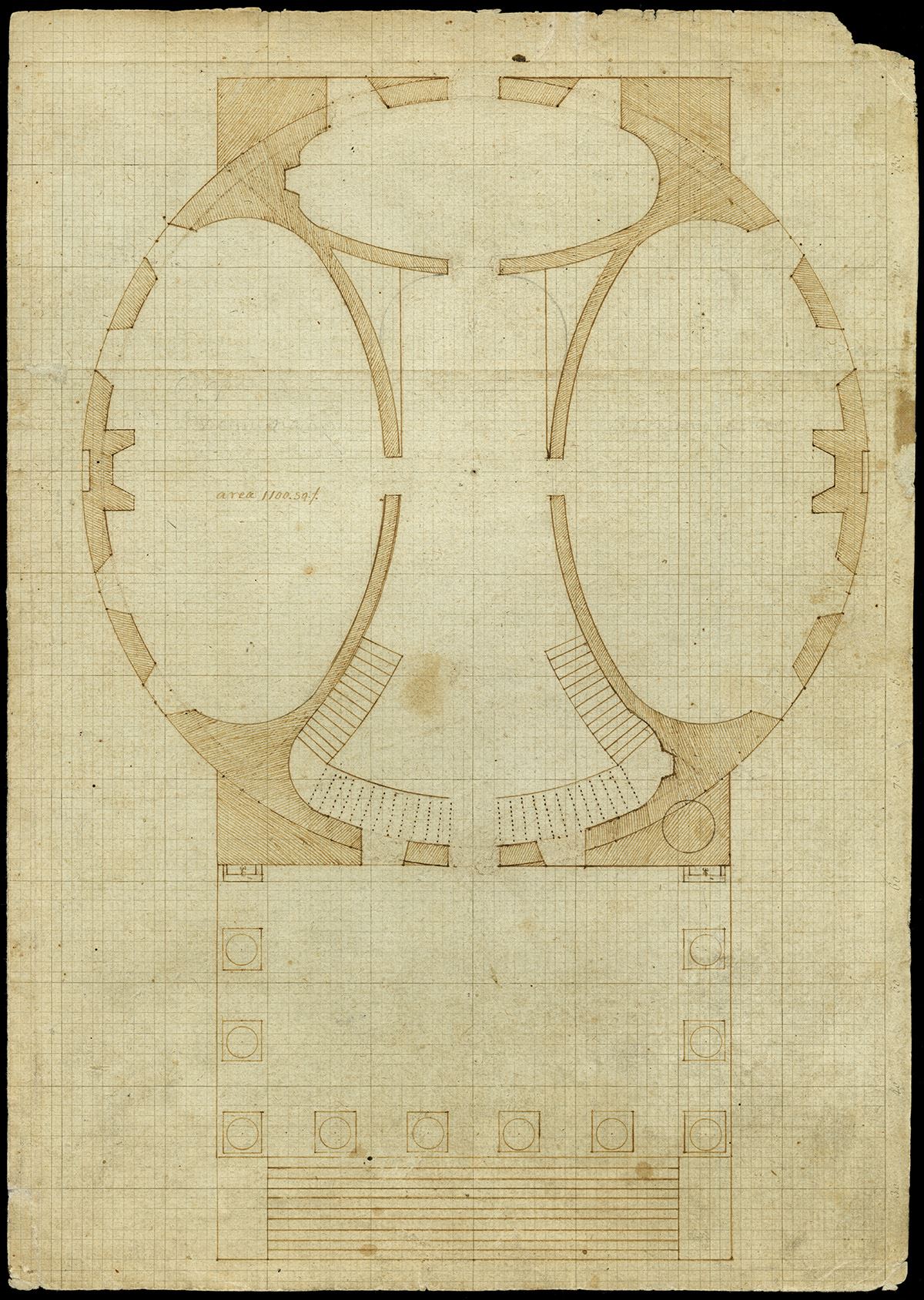Submitted by Ayla Gunerhan Adakli
UVA Exhibit Displayed The Architectural Mastery of America's Founding Father
United States Architecture News - Apr 25, 2018 - 19:20 21060 views

Thomas Jefferson has a legendary position in the American history. He was one of the Founding Fathers, the third President of the United States and the author of the Declaration of Independence. Even though it is not the first thing that comes to mind, he was also a proven architect.
A special exhibition From the Grounds Up: Thomas Jefferson’s Architecture & Design illuminated Jefferson’s architectural vision for the United States. The exhibition took place at Fralin Museum of Art at the University of Virginia (UVA), Charlottesville and displayed Jefferson’s drawings and prints among other archival materials. The exhibition was on view from January 26 through April 29 2018, and reflected Jefferson's architectural achievements that still endures today.

Image © Thomas Jefferson Foundation at Monticello
Jefferson's portrait by Thomas Sully
"Architecture is my delight," Jefferson once said and throughout his life he sketched and designed many buildings. This was the first major exhibition of drawings on Jefferson’s architecture in more than 40 years according to Richard Guy Wilson, the curator of the exhibition and architectural history professor at UVA.

Image © Albert and Shirley Small Special Collections Library
Jefferson's drawing of UVA, Library (South Elevation of Rotunda),1819.
Pricking, scoring, iron-gall ink, pencil on laid paper engraved with coordinate lines,8 3/4 x 8 3/4 in.
Jefferson is known as a a classicist who drew upon ancient Rome and Renaissance architecture. But he also created his own style which was revolutionary for the period. As a designer, Jefferson’s most famous works are his home Monticello and the University of Virginia or “Academic Village” as he called. They were built in 200 years ago, and today both of them are UNESCO world heritage sites.

Image © Thomas Jefferson Foundation at Monticello
Monticello, West Front. Located at Charlottesville, Virginia.
Jefferson believed that education of the people is one of government’s most important responsibilities. That’s why he considered his role in the creation of the University of Virginia as his most significant accomplishment.
One of the unique features of the university was its secular management. This reflected in the library being the central architectural piece, as opposed to the church. It is a Pantheon shaped building with a large dome located at the heart of the university, the Rotunda.

Image © Albert and Shirley Small Special Collections Library
Jefferson's drawing of UVA, Rotunda, 1823.
Ink on paper, 12 1/4 x 8 3/4 in.

Image © Albert and Shirley Small Special Collections Library
Jefferson's`drawing of UVA, Pavilion No. IX We., 1817.
Pricking, scoring and iron gall ink on engraved graph paper, 11 1/8 x 11 1/8 in.
His architectural career encompasses more than Monticello and UVA, and it is reflected in the exhibition. "I have done exhibits on the ‘Academic Village’ but this includes his other works such as houses, (city plans for) Washington, D. C., the university (of Virginia), the Virginia State Capitol, a court house and churches," said Wilson.
Jefferson understood that as the country grew, its built environment would need to reflect an iconic architectural identity. He designed major public buildings and he was closely involved with the design of Washington, D.C. He made an invaluable contribution to American architecture with his role as a designer and his architectural vision.

Photograph © Travis McDonald
Poplar Forest, South Elevation. A retreat house built by Jefferson at Bedford, Virginia.
It was his dream house with perfect geometry: an octagon outer form and a perfect cube in the center.

Image © Coolidge Collection of Thomas Jefferson Manuscripts
Jefferson`s drawing of Washington: Capital (Study Plan and elevation),1792.
Ink on paper, 4 1/2 x 7 9/16 in.
Top Image Rotunda Present Day. Photograph © Sanjay Suchak, University of Virginia Communications
